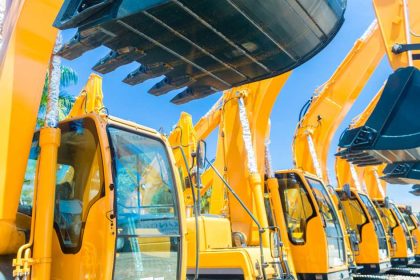As the Australians brace themselves for what meteorologists predict will likely be a scorching summer, experts are sounding the alarm, emphasising the critical need for early bushfire season home preparations.
With a declared El Niño weather event occurring, meteorologists say Australia could be poised for one of its hottest summers in recent memory.
The climate phenomenon, known for its knack of cranking up the mercury and unleashing wild weather conditions, has experts and authorities on high alert.
El Niño is caused by rising sea temperatures in the tropical Pacific, which disrupts atmospheric circulation patterns and causes global climate changes, such as warmer and drier conditions in Australia and Southeast Asia.
The impending heatwaves have raised concerns among emergency officials and bushfire experts, prompting a united call for proactive measures to mitigate the potential devastation bushfires could bring to their properties.
University of New South Wales Professor and internationally recognised expert in dynamic bushfire behaviour and development Jason Sharples told Build-it Aussies must start preparing for summer.
“You must have an emergency evacuation plan on what you’re going to do in the event of a bushfire,” he warned.
“Now is the time to think about your bushfire plan and how prepared your house is,”
“This is something you need to start thinking about today, not in the midst of a bushfire.”
The Bushfire and Natural Hazards Cooperative Research Centre projects leader said developing a Bushfire Survival Plan was paramount.
After creating their Bushfire Survival Plan, households can think about preemptive damage mitigation measures that may make the property more fire resistant.
“Make sure you don’t have any items close to the house which are flammable,” Mr Sharples said.
“Clean gutters, clear any overarching foliage or shrubs which can lead to the fire jumping onto the property.”
Queensland Fire and Emergency Services spokesperson told Build-it that their emergency crews were anticipating more bushfires across Australia’s east this summer.
“The prolonged period of wet conditions over the past three years has created a prime environment for vegetation growth across much of the state,” they said.
“The combination of drying fuels, forecast below-average rainfall and above-average temperatures are expected to result in increased fire activity.”
QFES said while they were confident fire damage levels would be below 2018-2019 levels, but warned there was still no room for complacency with Aussie homeowners encouraged to ensure their properties are bushfire-ready.
“Simple steps like mowing your lawn regularly, trimming overhanging branches and getting rid of flammable materials from around your home can all help to reduce your risk,” they told Build-it.
“Power tools and machinery can spark dangerous fires, so if you are carrying out any work during heightened fire conditions, be aware of the dangers and carry a water supply and firefighting equipment.”
Since the state’s bushfire season began last month, Queensland fire crews have already seen increased fire activity south of Rockhampton.
Meanwhile, regions further south, such as southern parts of New South Wales, Victoria, Tasmania, and South Australia, see their peak bushfire season hit closer to mid-summer.
Head to your state’s fire and emergency services website to help create your Bushfire Survival Action Plan. It will only take a few minutes and could make all the difference.
BUILD-IT’s Bushfire Home Protection Tips
- Simplifying your roof line and house outline reduces the opportunity for debris and embers to build up.
- Use appropriate non-combustible or low-combustible materials in construction.
- Ensuring gaps of no more than 2mm for all external openings, such as windows and doors.
- Establishing a clear protection zone with reduced fuel loads around your home, such as foliage, shrubs, nearby trees and flammable materials.
- Ensure you have clear routes for evacuation and firefighting services to defend your home if needed.







